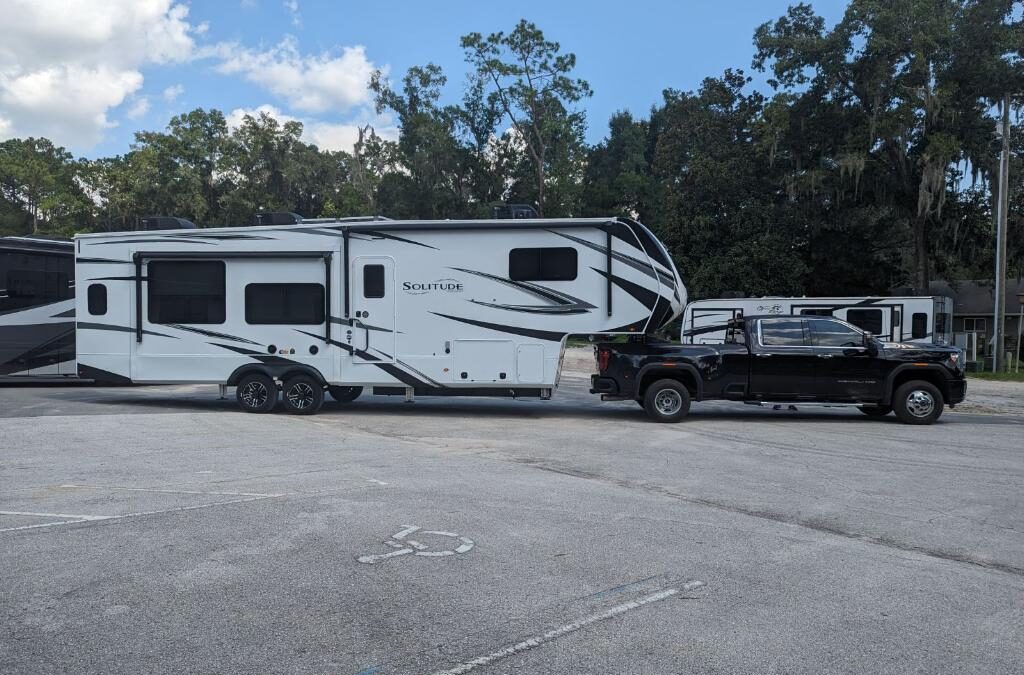3 Pro Tips to Winterize Your RV: From Your Go-To Mobile RV Mechanic
Hey there, fellow adventurers! As the leaves start to change and the air gets a chill, it’s clear that winter is on its way. And you know what that means for us RV enthusiasts – it’s time to get our homes-on-wheels ready for the colder months. I’ve been a mobile RV mechanic for a good while now, and I’ve seen what the frosty weather can do to an unprepared RV. So, let’s avoid those chilly surprises with my top 3 pro tips to winterize your RV. Trust me, a little prep now can save you a lot of hassle later!
1. Drain and Protect Your Water Systems
First things first, water is not your friend when temperatures start to drop. To avoid frozen pipes and busted systems, you’ll want to drain every last drop from your plumbing. Start with your main water tanks, then move on to draining the water heater (make sure it’s turned off and cooled down first, folks!). Don’t forget your pipes – blow them out with compressed air or use non-toxic RV antifreeze to ensure they’re fully protected. Remember, any water left inside can freeze, expand, and cause a world of hurt to your plumbing.
2. Seal the Deal – Inspect and Seal Leaks
The next step is making sure you keep the warmth in and the cold out. Give your RV a thorough inspection, looking for any cracks or gaps in the windows, doors, and even the roof. Caulk and weather-strip any leaks you find. This will not only keep your RV cozy during the colder months but also prevent water damage from melting snow and ice. Plus, it’s a great way to improve energy efficiency if you’re using any heaters inside. A snug RV is a happy RV!
3. Keep the Critters Out
When the temperature drops, your cozy RV becomes prime real estate for little critters looking for a warm place to bunk. The last thing you want is uninvited guests chewing through wires or making nests in your RV. So, take the time to check for and seal off any potential entry points. Look closely at exterior vents, where cables and pipes enter, and any nooks and crannies critters might squeeze through. Using mesh screens or expanding foam can help keep those pesky intruders at bay.
Bonus Tip: If you’re not planning to use your RV at all during winter, consider investing in a breathable RV cover to protect against the elements and keep it clean, ready for your next adventure when spring rolls around.
Winterizing your RV might seem like a bit of a chore, but it’s all part of the adventure. Taking these steps now can save you time, money, and headaches in the long run. Plus, it means your RV will be in tip-top shape and ready to roll as soon as you are when the warmer weather returns. Stay warm out there, and here’s to many more adventures on the road!

